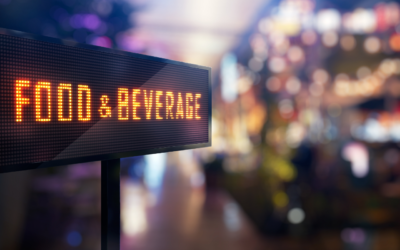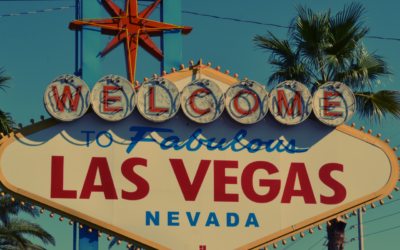Large-format printing is now available to even the most modest of businesses and that means you can make eye-catching banners a potent part of your marketing arsenal. In order to get your money’s worth, though, you need to exercise some care with the design of these marketing tools! This quick guide will get you thinking smarter about how to design your business’s next banner.
Always Start With Clarity
Clarity has to be your watchword when you’re designing a banner. Of course, the obvious meaning here is that your banner should be easily legible to its intended audience, but there are other issues to take into consideration. As with any marketing message, your banner should have a mission. You want to include only what is necessary and cut out anything extraneous.
Like online ads, most banners feature a call to action. This is the step you want your viewer to take after seeing your banner. In many cases, simply providing your contact information can serve as a call to action. If you want your audience to get in touch with you, making your phone number or web address as prominent as possible will serve your purpose. For announcing a sale, spreading information, etc., make sure that the information you’re giving to the viewer dominates the banner.
Simplicity And Boldness
Hopefully, you will already know in advance where your new banner will be displayed. This is important because you want your graphics to stand out from background. Your color choices should favor strong, eye-catching hues, but there needs to be as much contrast as possible between elements.
If at all possible, stick to two or three colors that work well together while maintaining sharp contrast. This will help make your banner more legible and ensure that your viewers get your message quickly.
When it comes to picking elements to include in your banner, don’t overload your audience’s eyeballs. Every piece of information, every graphic, every photo, and every logo should contribute directly to your banner’s intended purpose. For instance, banners that encourage the viewer to contact you, pick one preferred method of contact (phone, email, web URL) and use only that. One large method of contact will work much better than three equal ones.
Getting The Words Right
As far as the nuts-and-bolts design concerns of your banner, you need to hang on to the principles already described above. You should always strive for simplicity and clarity. Don’t use fancy, delicate fonts. Banners need fonts that are legible from a distance. (This is particularly true of outdoor banners!)
Define a clear order for the information you put on your banner. The most important point (usually the call to action) should be dominant. Work to refine your message until you can get it across as succinctly as possible. Subordinate information like details and contacts need to be presented in a way that preserves their legibility but does not distract from your banner’s main message.
Sorting Out The Technicalities
Even the world’s best banner design is going to come out wrong if it’s not sent to the printer in the right way. Make sure the final files you send to your printer are suitable for printing a large-scale banner. It’s always a good idea to review format requirements carefully with your printer before making any commitment; they are after all the professionals.
Generally speaking, there are a few rules of thumb that apply to virtually all banner files. Raster graphics (e.g. photos) need to be provided at a very high resolution, ideally 100 dpi at the final size. If your banner design doesn’t include photos, you should provide it to the printer in vector format. Vector files are ideal for large-scale printing because they can be scaled to any size without losing detail. Adobe Illustrator is the industry standard for vector file creation, but you can find plenty of cheaper alternatives. Finally, don’t forget to check the color settings of your file. Your printer will need a CMYK file in order to make your banner properly. Many image editing programs default to RGB color; you should always convert you files prior to printing them.
Banner design can be a fun and creative part of the marketing process. By taking the time to learn some of the basic principles that go into this art, you’ll stand a much better chance of creating a killer banner the next time you need one. This is by no means an authoritative guide to the topic; you can learn much more on the subject as you gain more banner-creating experience!
Stephanie Song is a freelance writer and self-proclaimed technophile, who loves keeping up with the latest gadgets and technology. You can check out her site, http://home1/attention/public_html.inktonerstore.com/ for all your quality ink and toner cartridge needs.



